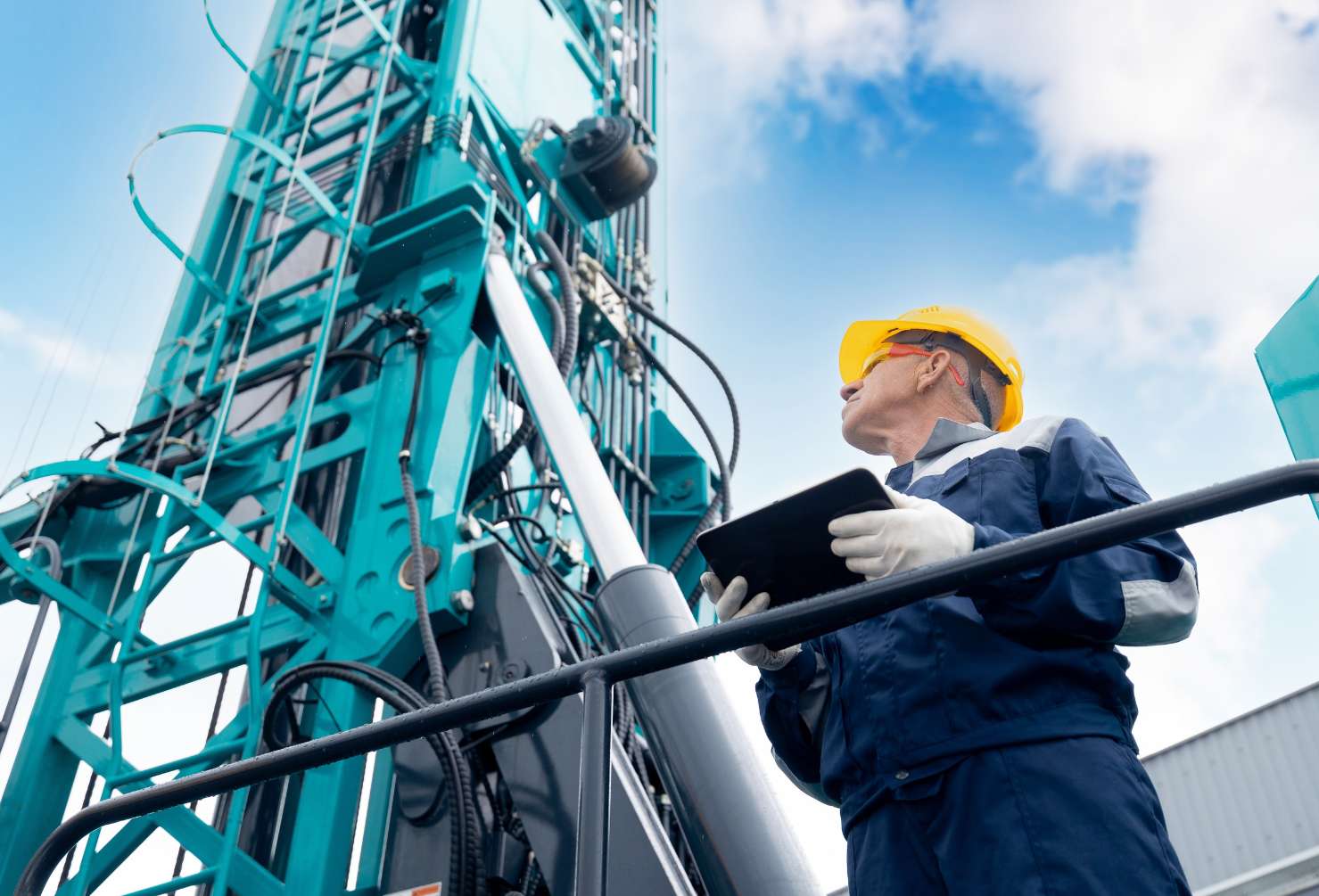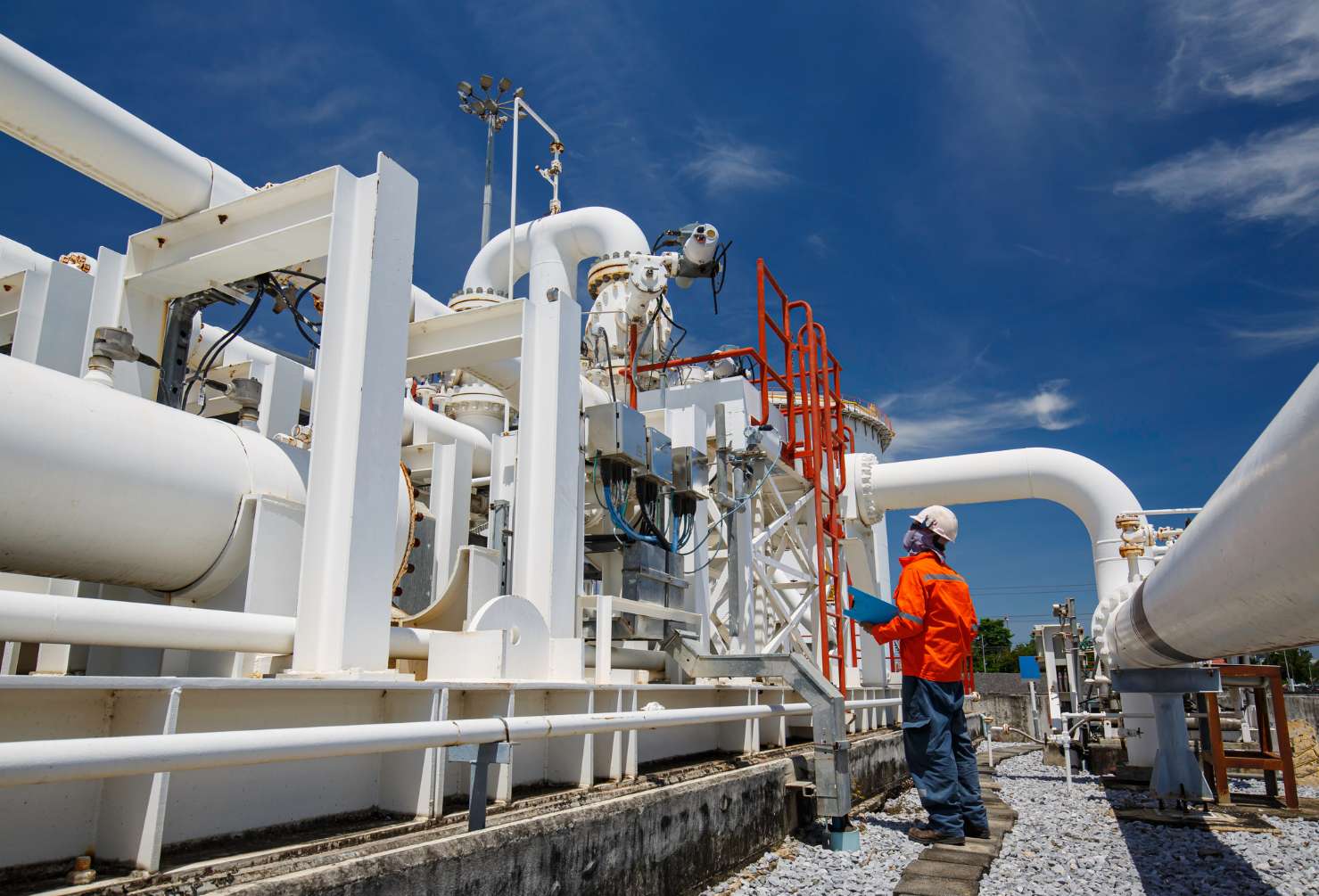
If you’ve worked in oil and gas, mining or heavy industry before, chances are you’ve seen its ups and downs. And if you stepped away for a few years, whether for family, health, a different career or simply a break, you’re not alone.
In 2025, a wave of experienced professionals are returning to the energy sector. Demand is strong, especially for skilled trades, operations personnel and project support. But the industry has evolved and getting back in requires more than just dusting off your PPE.
Here’s a practical guide to getting back into the game and making the most of your experience.
Why Now Is a Good Time to Return
There’s no denying it: oil and gas are booming again.
- LNG megaprojects like Scarborough, Barossa and Pluto Train 2 are driving demand in WA and NT.
- Brownfield expansions and asset life extensions (e.g., North West Shelf, Turrum Phase 3) need experienced hands.
- Domestic gas projects are heating up in QLD and Victoria.
Meanwhile, a tight labour market, delays in offshore wind and retirements across the industry have opened the door for skilled people to return.
Who’s Returning?
We’re seeing workers from all backgrounds step back into the energy space:
- Tradespeople who moved into construction or other industries
- FIFO workers who paused due to COVID, lifestyle or family
- Supervisors who took time off and are ready to re-engage
- Technicians and operators who tried renewables but prefer the structure of oil and gas
Whether you left 2 years ago or 12, the pathway back is open — if you’re ready to update, reconnect and requalify.
Step 1: Check Your Certifications
First things first: get your tickets and qualifications in order.
Common Requirements to Renew or Refresh:
- BOSIET/FOET (offshore work)
- Confined Space + Working at Heights
- Gas Test Atmosphere
- White Card (construction)
- MSIC or TWIC (for port and marine access)
Most certifications need to be renewed every 2–5 years. Many RTOs now offer fast-track or refresher programs online or over 1–2 days.
Hot Tip: Keep digital copies of all tickets in one folder. Most recruiters ask for this up front.
Step 2: Update Your Resume and Records
Even if you’ve been out of the game, your past experience is still valuable. Here’s how to present it:
- List all relevant industry projects, including company names, durations, scopes
- Include any shutdowns, FIFO swings or offshore scopes you were part of
- Highlight any supervisory, mentoring or safety roles
- Be honest about your time away and emphasise your readiness to return
Don’t forget to update your LinkedIn profile and send your resume to recruiters who specialise in energy (like Enxgy).
Step 3: Reconnect With the Industry
Sometimes it’s not what you know, it’s who you worked with.
- Reach out to former supervisors, leads or crewmates
- Let past employers know you’re looking again
- Follow project updates from operators and EPCMs on LinkedIn
Many jobs are still filled through internal referrals or expressions of interest, especially when scopes move fast.
Step 4: Decide What You Want This Time Around
Re-entering the workforce is a chance to reset. Ask yourself:
- Do you want FIFO, DIDO or local work?
Are you open to offshore roles or prefer land-based? - Do you want to stick with hands-on trade work or try step-up or leadership positions?
In 2025, many employers are more flexible around rosters, locations and even part-time options. It’s a good time to align the job with your life.
Where the Jobs Are in 2025
The energy sector is diverse, but these areas are especially active right now:
Western Australia (Karratha, Onslow, Burrup Peninsula)
- Scarborough construction and commissioning
- Pluto Train 2 fabrication and site works
- Ongoing maintenance at Gorgon, Wheatstone
Northern Territory (Darwin, Barossa)
- Offshore work at Barossa FPSO
- Middle Arm precinct construction
Queensland (Surat Basin, Gladstone)
- CSG operations and infrastructure builds
- Pipeline and compressor station upgrades
Victoria (Geelong, Gippsland)
- Domestic gas developments
- Decommissioning and legacy asset management
What’s Changed Since You Left?
Re-entering the industry means adapting to a few new realities:
1. More Digital Tools
Permits, pre-starts and reporting are now often digital. Tablets and apps are used across sites for safety, logistics and planning. Don’t worry, most are intuitive and onboarding covers them.
2. Higher Safety Standards
There’s a greater emphasis on mental health, zero-harm initiatives and near-miss reporting. You’ll be expected to speak up, engage in conversations and support a culture of care.
3. More Diverse Crews
Energy teams are more diverse than ever – in age, background and gender. It’s a more inclusive environment and leadership is expected to model respectful behaviours.
How Enxgy Can Help
At Enxgy, we specialise in helping skilled, experienced professionals re-enter the energy workforce. Here’s what we offer:
- Resume support tailored to project scopes
- Pre-qualification and compliance checks
- Access to current scopes and rosters
- Guidance on certifications and upskilling
We work closely with contractors and operators across oil, gas and infrastructure projects to place the right people in the right roles and we know how to position returners for success.
Final Thoughts
You don’t need to start over, you just need to start again.
Returning to the energy sector as an experienced worker is more viable in 2025 than it’s been in years. With demand rising and skill shortages growing, your experience is a real asset.
So whether you’re ready for a new project, a new role or simply a fresh start, the door is open.
Thinking about getting back on the tools? Contact Enxgy today or follow us on LinkedIn for job alerts, project insights and workforce updates tailored to experienced professionals.





